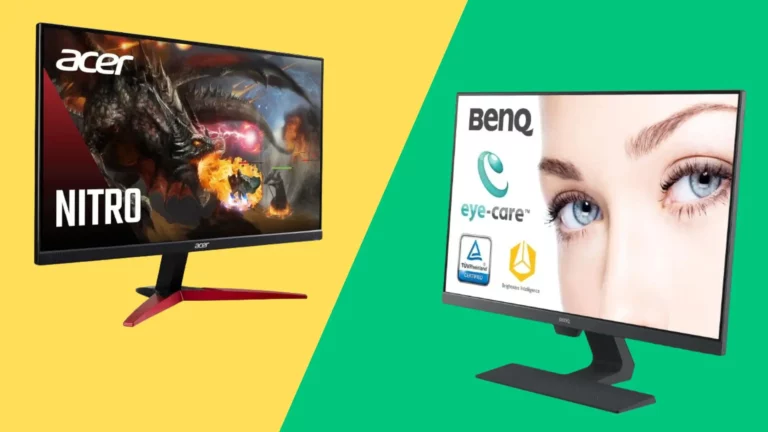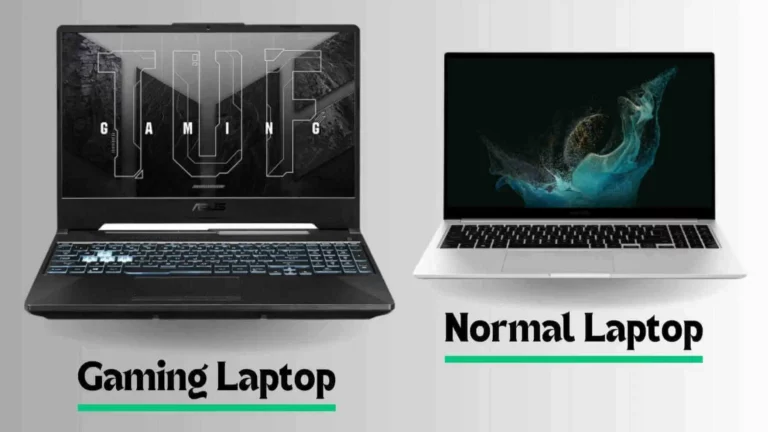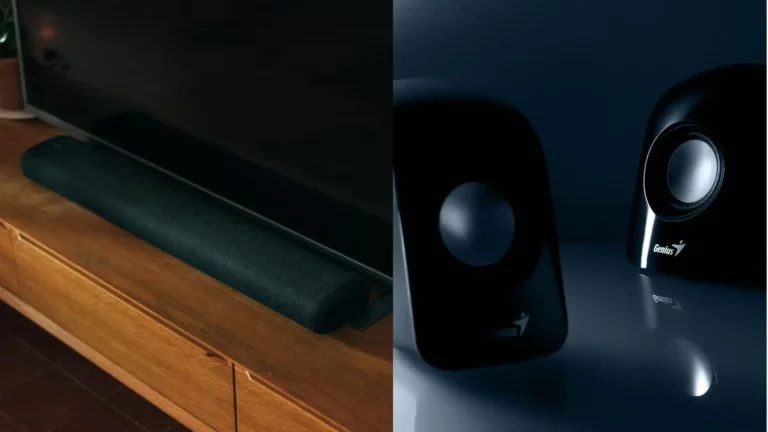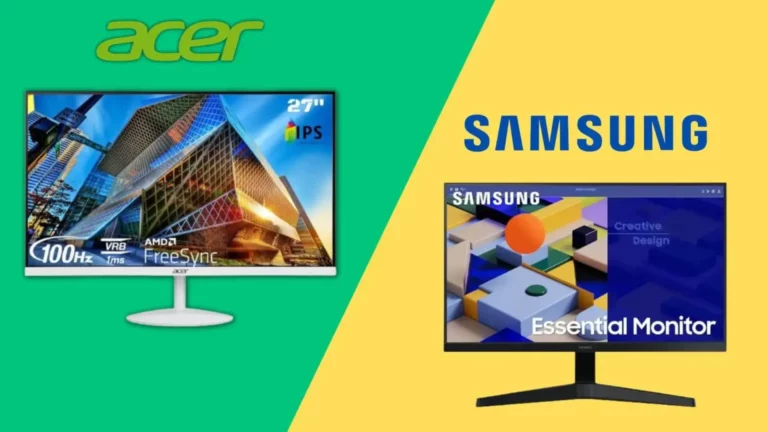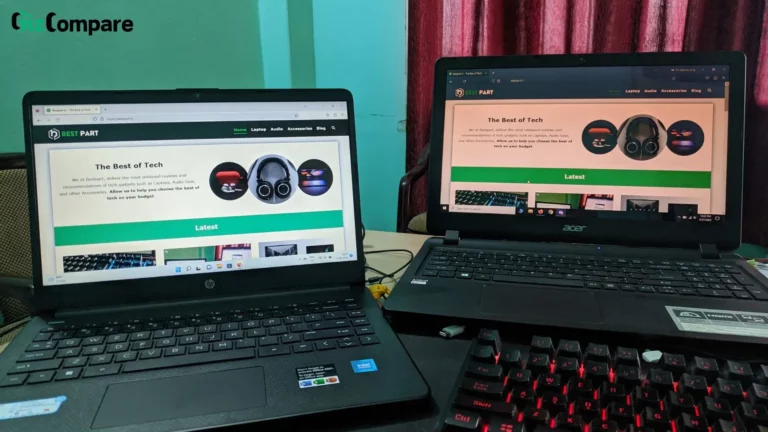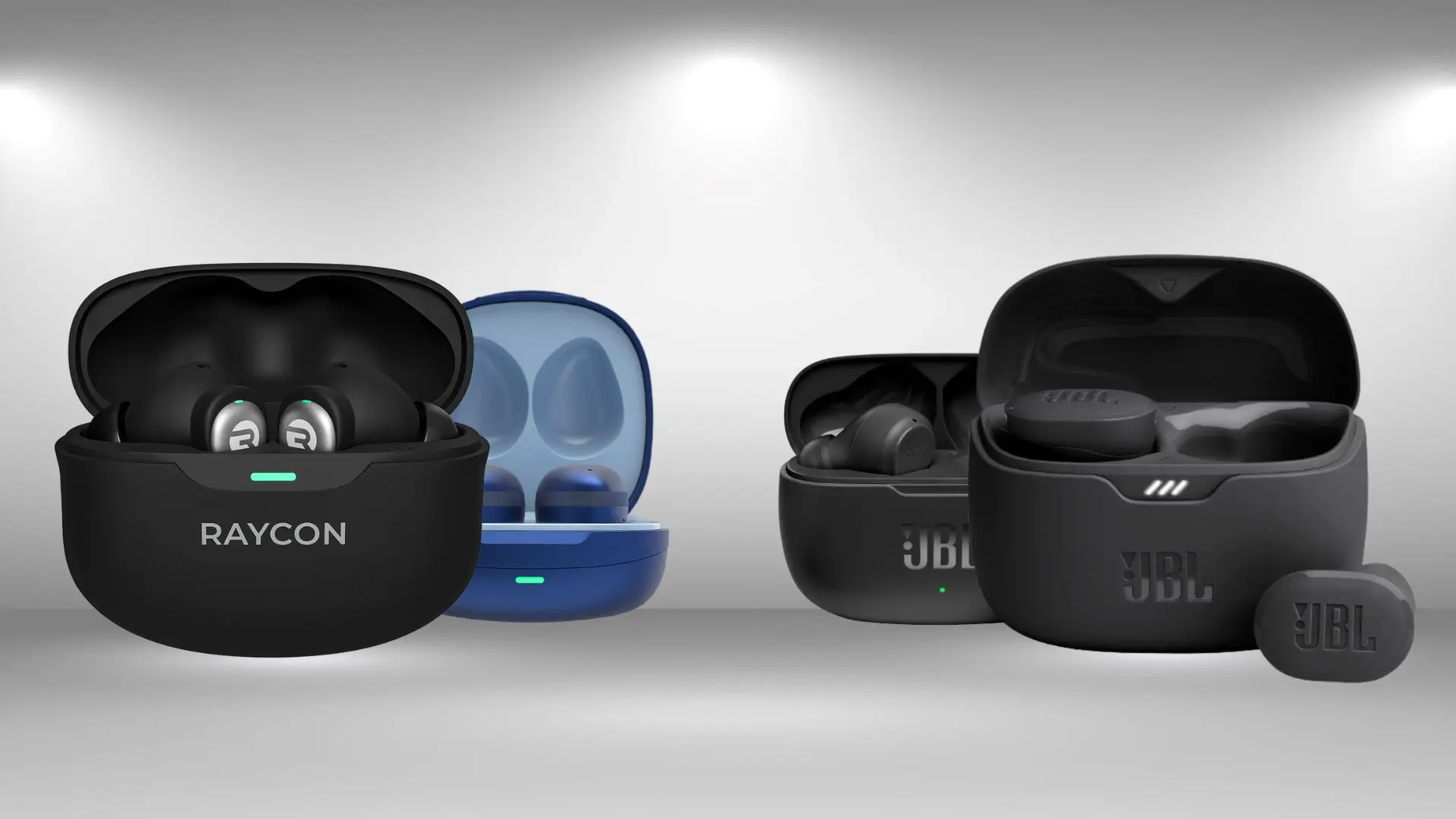
Raycon and JBL earbuds are highly sought after in the USA and Canada, with significant interest from consumers.
However, when it comes to determining which brand offers superior sound quality and better value for your money, it becomes a crucial decision.
After extensive use of earbuds from both brands, here’s our honest Raycon vs JBL earbuds comparison. This comparison aims to provide you with valuable insights to make a wise purchasing decision.
Raycon vs JBL Earbuds
Raycon was founded in 2017, while JBL has been in existence since 1946. It’s evident that JBL has significant experience in audio processing compared to Raycon, which is a relatively new brand.
However, it’s worth noting that JBL launched its first TWS earbuds in 2017, the same year Raycon was founded and launched their first TWS earbuds.
So, technically, the initial TWS earbuds from both brands debuted in the same year. Despite this, JBL’s decades of experience in the audio industry give them an edge in fine-tuning their audio products.
Raycon offers a limited number of earbud models, whereas JBL provides numerous options. While having fewer choices can simplify the decision-making process, it also means fewer alternatives if the available Raycon models don’t meet your preferences.
Design and Build Quality
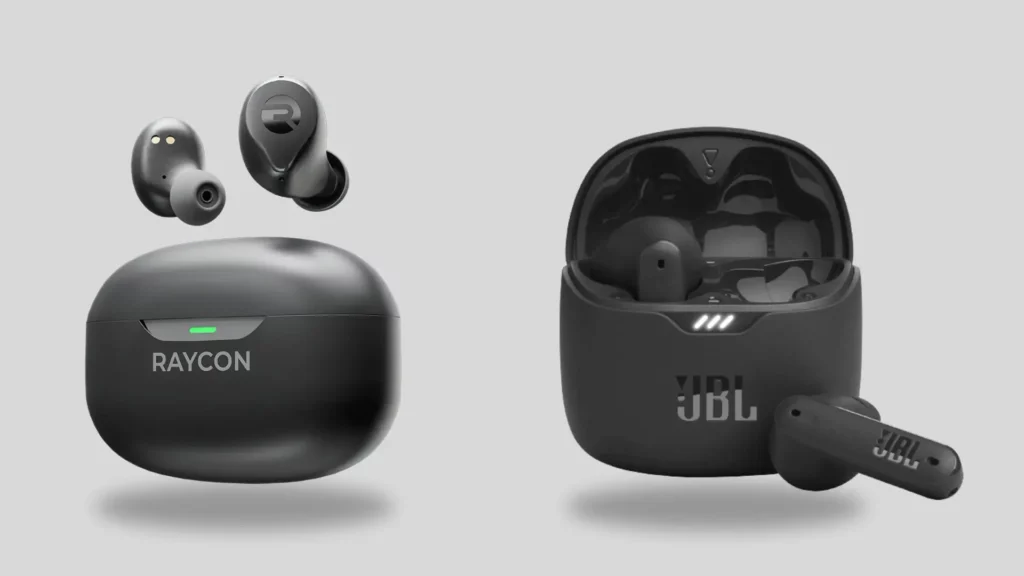
Both Raycon and JBL earbuds boast solid build quality, though there are nuances to consider.
JBL’s budget-friendly options, like the Vibe Beam priced under $40, may not exhibit the highest build quality, but they’re still competitive within their range.
As you ascend in price, JBL elevates its build quality accordingly.
In the US market, Raycon’s entry-level earbuds start at $80, which is a premium starting point. While they do offer a sense of quality, they don’t quite reach the pinnacle of high-end earbuds.
Overall, both Raycon and JBL earbuds offer commendable build quality, but they may not match the absolute top-tier standards.
Comfort is a subjective matter, varying from person to person. While one earbud may fit snugly for one individual, it may not provide the same comfort for another.
We’ve noted that certain JBL earbud models, though not all, have a slightly larger design that can lead to discomfort after extended wear, particularly for those with smaller ears.
Raycon earbuds also have a somewhat larger profile, yet they tend to be slightly more compact compared to JBL, resulting in improved comfort and fit, especially during longer listening sessions.
Ultimately, while both brand’s earbuds boost solid build quality, Raycon earbuds edge slightly ahead in terms of comfort, which makes them a favorable choice for extended use.
Are Tozo earbuds good? Click here to find out.
Sound Quality
Sound quality is paramount when selecting earbuds, yet our experience of both brands left us with mixed feelings.
Starting with Raycon, we were initially impressed by the overwhelmingly positive user ratings, but our experience with their Everyday earbuds fell short of expectations.
Out of the box, they delivered decent clarity in vocals and crisp trebles, albeit with a somewhat hollow bass. However, toggling to bass mode resulted in an unnecessary bass boost that compromised vocal clarity.
Switching to Pure Sound mode, trebles became uncomfortably sharp. The balanced mode offered the most functional compromise, with clear vocals and crisp trebles, though bass still fell short of ideal.
Overall, our Raycon earbud experience was decent, but not exceptional.
Switching to JBL earbuds, we noted improved clarity and crispness in sound, with clear vocals and crisp trebles.
However, the audio quality’s crispness didn’t quite meet expectations given JBL’s reputation for audio refinement. While the bass performance was commendable, it didn’t fully embody the signature bass-heavy sound associated with JBL speakers.
Although some premium JBL earbuds may replicate this signature to some extent, it’s not identical.
Overall, the sound quality was decent with Raycon earbuds and good with JBL earbuds.
However, it’s important to manage expectations as neither brand delivers the mind-blowing audio experience often associated with premium earbuds. Instead, expect a good and satisfactory audio experience from both Raycon and JBL earbuds.
ANC
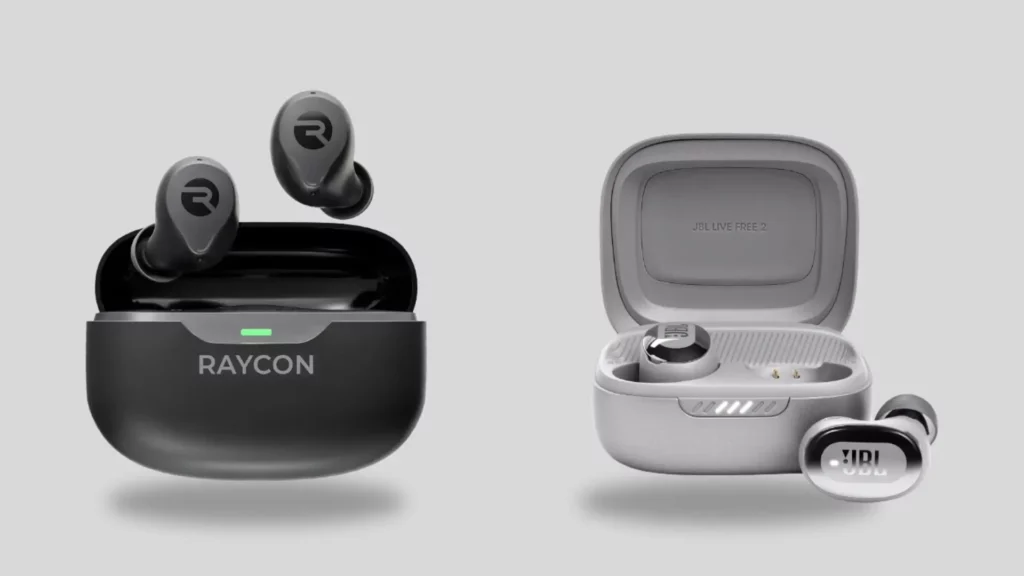
Active Noise Cancellation (ANC) is a significant consideration for many customers, especially at the $100 price point.
JBL’s budget offerings do not include ANC and require customers to invest around $100 for JBL earbuds equipped with this feature. Similarly, with Raycon, ANC is available on models priced at $80 or higher.
The ANC quality of JBL earbuds is decent, though not exceptional. While JBL typically does not specify ANC levels, based on our experience, it ranges from 25 dB to 40 dB, depending on the model. While 40 dB ANC isn’t top-tier, it’s generally satisfactory for most users.
Raycon earbuds also offer respectable ANC performance, with an estimated ANC range of up to 35 dB.
Both JBL and Raycon earbuds effectively block approximately 80% of external noise, thereby enhancing the overall music experience.
For users new to ANC earbuds, the ANC provided by these models will likely be perceived as quite good. However, those familiar with higher-end ANC earbuds may not find the performance mind-blowing.
Nevertheless, most users will find the ANC performance of both JBL and Raycon earbuds satisfactory overall.
Are AirPods Pro 2 worth it? Find out here.
Battery Life and Charging
The total battery life of Raycon earbuds with the carrying case varies between 32 to 56 hours, depending on the model, whereas JBL earbuds offer a range of 20 to 48 hours.
In terms of earbuds usage, Raycon earbuds typically provide between 5 to 8 hours of playback, while JBL earbuds offer a similar range of 4 to 8 hours, depending on the model.
Thankfully, both brands include fast charging technology, allowing for over an hour of music playback with just 5 minutes of charging. Additionally, certain models from both brands support wireless charging, which is a feature highly sought after by many users.
However, it’s important to note that not all models from either brand support wireless charging, so choose carefully based on your preferences.
In our opinion, achieving 5 hours of music playback at 75% volume from any earbuds is commendable. Fortunately, most earbuds from Raycon and JBL surpass this benchmark.
While both brands deliver solid battery life, Raycon earbuds generally boast longer battery life compared to JBL.
App Support

In terms of app support, JBL emerges as the clear winner, offering app support that Raycon lacks.
With the JBL Headphones app, you can optimize your audio experience by adjusting sound frequencies to suit your preferences. Additionally, the app allows for EQ customization, enabling you to tailor the audio to your liking.
While it’s true that some music streaming apps have EQ adjustments, these settings are often confined to that specific app.
In contrast, once customized through the JBL Headphones app, the JBL earbuds maintain consistent sound quality across all applications, including Spotify, Apple Music, Amazon Music, YouTube, Tidal, Deezer, and more.
Furthermore, a dedicated app allows users to customize additional functionalities of the earbuds, such as touch controls, a feature absent in Raycon earbuds.
This comprehensive support enhances the overall user experience, making JBL earbuds a more versatile and customizable option.
Also Read: Are expensive earbuds worth it?
Additional Features
- Raycon earbuds generally boast an IPX7 or IP66 water and dust-resistant rating, while certain premium JBL earbuds offer a superior IP67 rating, which provides enhanced protection. However, it’s worth noting that only a few JBL earbud models feature an IP rating, while most lack this feature altogether.
- Both Raycon and JBL earbuds typically come equipped with Bluetooth 5.2 or 5.3 technology, ensuring a stable connection and lower power consumption. While the range of up to 33 feet is satisfactory, it falls short of earbuds like those from Beats, which feature a class 1 Bluetooth version with a range of up to 330 feet.
- Some models from both Raycon and JBL have multipoint technology, which enable simultaneous connection to multiple devices, typically two devices at once.
- JBL earbuds often feature four microphones, enhancing call quality. While call quality remains commendable on Raycon earbuds, it’s slightly superior on JBL models.
- Additionally, due to the app support provided by JBL, earbuds receive updates that enhance overall functionality, contributing to a more refined user experience.
Price and Value
As mentioned previously, Raycon earbuds are priced at $80 and can go up to $150, while JBL earbuds range from $40 to $250. These prices may fluctuate over time, but this represents the general pricing range.
JBL offers a broader range of options for budget-conscious consumers, with starting prices as low as $40, whereas Raycon requires a minimum investment of $80.
While the pricing of JBL earbuds is notably competitive, Raycon’s pricing can be considered decent, but ultimately, it’s the value proposition that determines whether the pricing is justified.
If you ask us, the sound quality, which is the primary reason for purchasing any earbuds, isn’t particularly impressive with Raycon earbuds. Despite the marketing claims and positive reviews, we believe they do not deliver the most impressive sound quality.
We admit that JBL earbuds aren’t perfect either, but they generally perform better than Raycon earbuds and offer a broader selection of options.
Therefore, in our opinion, JBL earbuds provide better value for money compared to Raycon earbuds.
User Reviews and Feedback
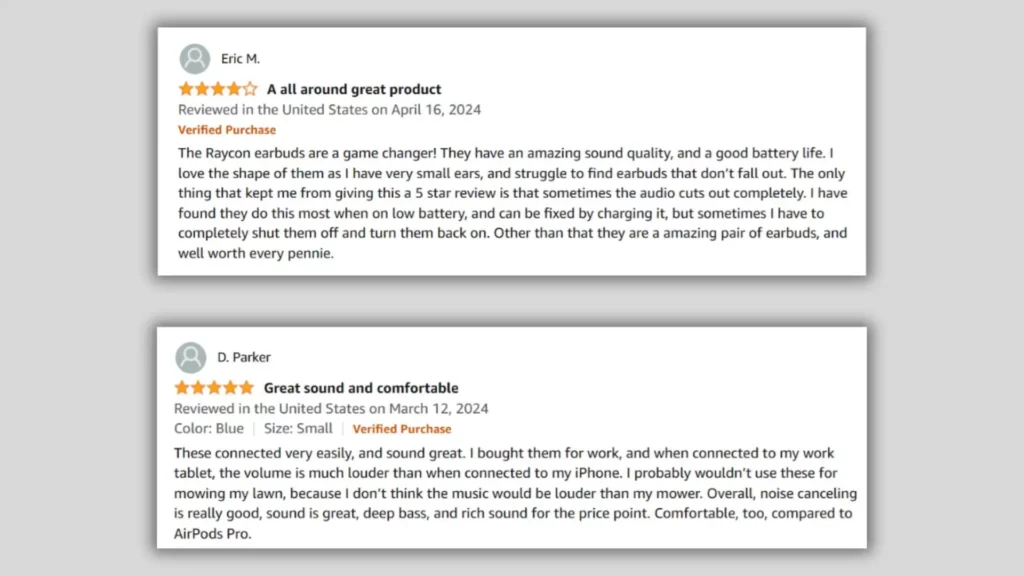
After a thorough analysis of user reviews, we found that both Raycon and JBL earbuds boast impressive average ratings, with most Raycon earbuds garnering over 4.2 stars and JBL earbuds averaging around 4.1 stars. This level of satisfaction among users is commendable.
However, it’s important to note that high ratings don’t necessarily indicate universal satisfaction. We have found that a significant number of users have reported issues related to sound quality, comfort, earpiece defects over time, and challenges with customer support for both brands.
These issues are not exclusive to one brand but are prevalent across both Raycon and JBL earbuds.
So, we advise you to carefully review user feedback, paying attention to both positive and negative reviews. Negative reviews often highlight common issues and provide valuable insights into the potential drawbacks of each product.
While both brands boast impressive user ratings overall, it’s essential to consider all perspectives to make an informed decision about which earbuds best suit your needs.
Soundbar vs Home Theater, which is better? Find out here.
Conclusion
Raycon vs JBL earbuds, which is better?
If you were to ask for our recommendation, we would suggest opting for JBL earbuds over Raycon.
Please note that Raycon earbuds are not subpar by any means. They offer good performance. However, their pricing tends to be on the higher side, especially when considering the sound quality you receive for that price.
On the other hand, JBL earbuds provide superior sound quality and better value for your money. Additionally, JBL’s customer support tends to be more reliable compared to Raycon, which is an added benefit.
This was our honest opinion based on the performance, pricing, customer support, and other aspects of these two brands’ earbuds.
Ultimately, the decision rests with you. We simply want to help you get the best value of your investment. However, if you’ve already made up your mind and our opinion doesn’t align with yours, feel free to proceed with your decision.
You might also like the gaming laptop vs normal laptop comparison.
FAQs
1. Are Raycon earbuds better than JBL?
While Raycon earbuds indeed offer a plethora of features, it’s essential to acknowledge that they are not inherently superior to JBL earbuds.
While a Raycon earbud priced at $80 may outperform a $50 JBL earbud, such a comparison is not entirely fair. To make a more fair assessment, we must compare earbuds from both brands within similar price brackets.
In such comparisons, Raycon earbuds may excel in specific areas, but they do not necessarily surpass JBL earbuds overall.
2. Are JBL earbuds better than Raycon?
JBL earbuds indeed outperform Raycon in several key areas such as sound quality, bass, and ANC. However, this does not imply that JBL earbuds are superior in every aspect compared to Raycon.
Raycon earbuds excel in battery endurance and offer a wide array of features that cater to diverse user needs.
It’s worth noting that JBL does offer premium earbuds that surpass Raycon in overall performance, but these typically come at a higher price point, often exceeding $200.
While JBL earbuds may lead in crucial areas like sound quality, they may not necessarily outshine Raycon in every aspect.
3. Are Raycon or JBL earbuds better for bass-heavy music?
For moderate bass enthusiasts, both Raycon and JBL earbuds are excellent choices. However, for those who crave heavy bass, JBL earbuds are likely to be more satisfying. JBL earbuds tend to deliver deeper and more pronounced bass compared to Raycon.
However, note that while JBL earbuds generally offer better bass, not all models provide the same level of bass performance. Therefore, it’s essential to choose the right JBL model wisely to ensure it meets your bass preferences.
4. Can I use Raycon or JBL earbuds for sports and workouts?
Yes, both Raycon and JBL earbuds can be used for sports and workouts, but it’s essential to note that not all models are designed specifically for such activities.
When selecting earbuds for sports or workouts, you must choose a model that suits such needs. For example, Raycon offers the Fitness Earbuds, while JBL provides options like the Endurance Race, which are specifically made for sports and active lifestyles.
5. What is the warranty coverage for Raycon and JBL earbuds?
Both Raycon and JBL provide a standard one-year warranty for their earbuds. In addition, Raycon offers a limited warranty that specifically covers manufacturer defects for up to five years, providing extended coverage for certain issues.
JBL, meanwhile, provides a limited warranty that covers only actual defects within the product itself.
So, out of Raycon and JBL earbuds, which is better for you?
We are sure you know the answer now. If you still have any doubts, feel free to ask us in the comment section.
Also, share your thoughts if you agree or disagree with the points mentioned above.

